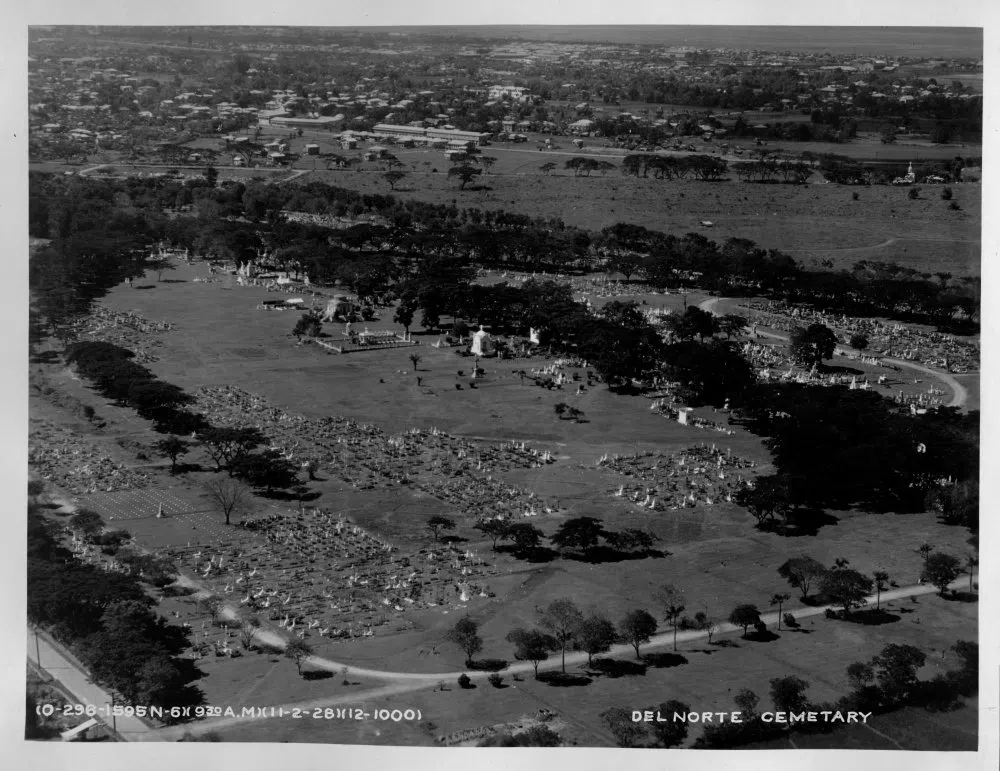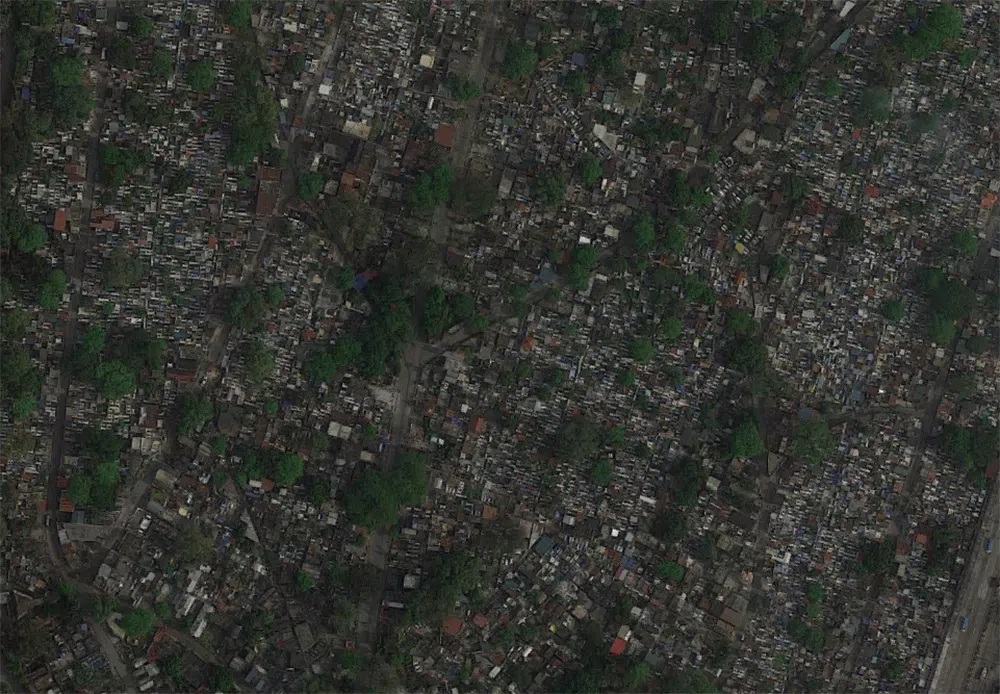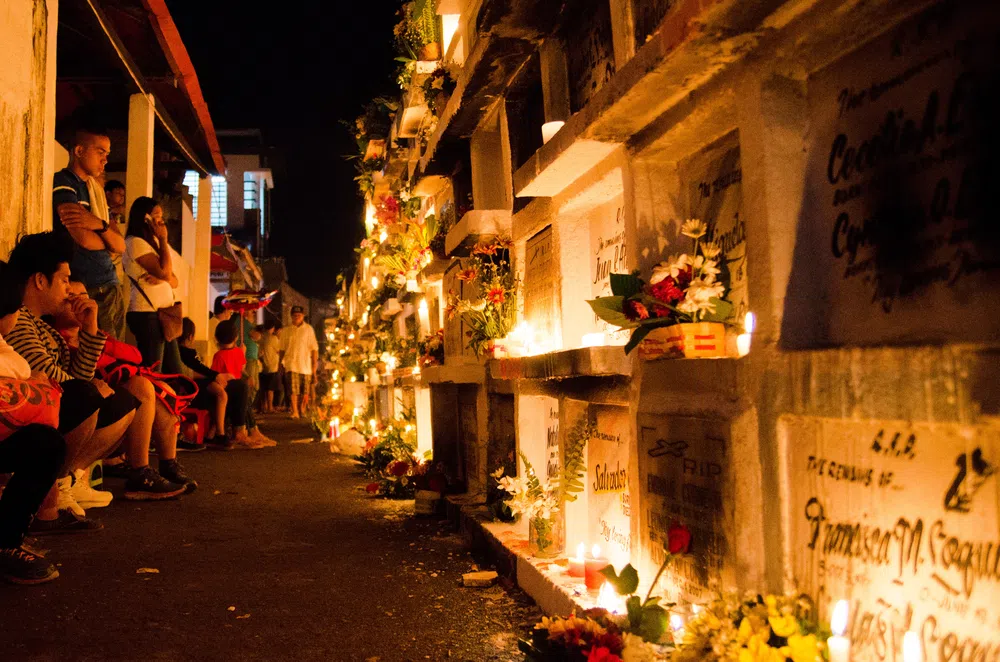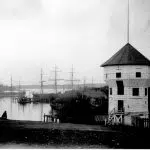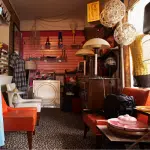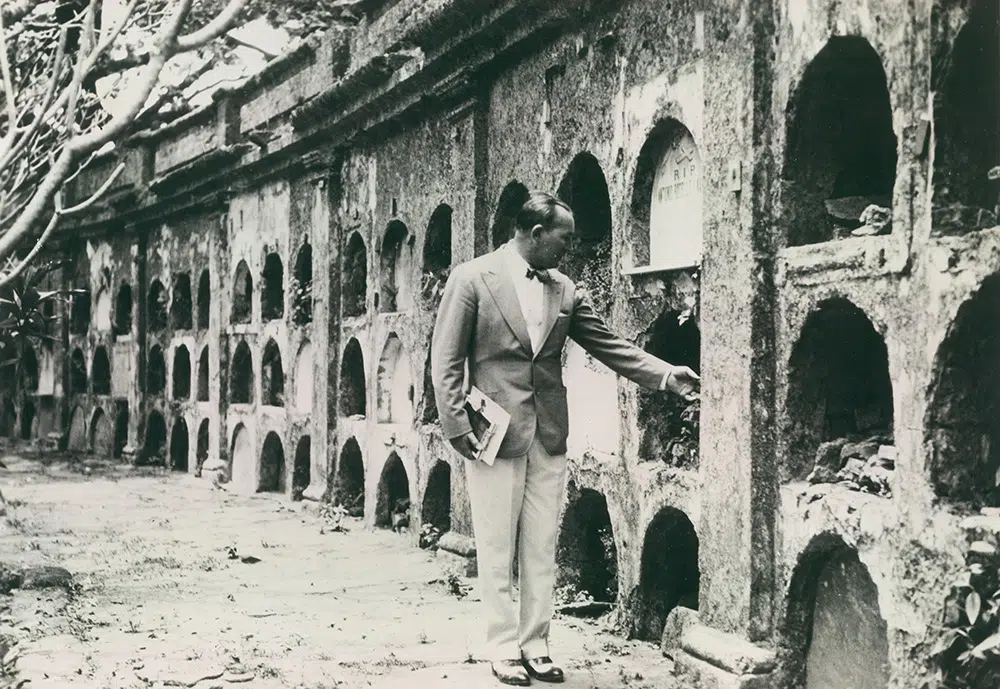
Living With The Dead In The Manila North Cemetery
Featured in Ripley's Believe It or Not!
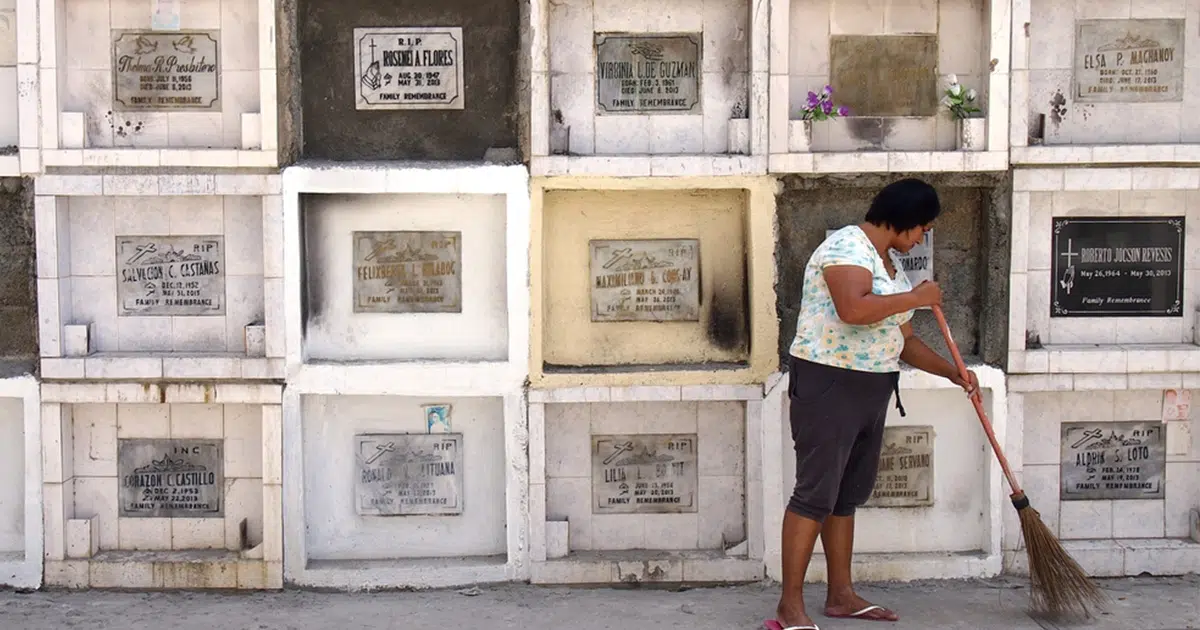
How’s this for a real-life tale from the crypt: El Cementerio del Norte, the Manila North Cemetery in the Philippines, is a verifiable city of the dead—but the inhabitants aren’t just the dearly departed!
Located in the City of Manila, capital of the Philippines, this modern necropolis holds a community of an estimated ten-to-fifty thousand Filipinos that live alongside the over one million dead within the country’s largest cemetery. The impoverished people who claim residence in this mortuary live in tombs and sleep on final resting places—talk about a charnel house!


